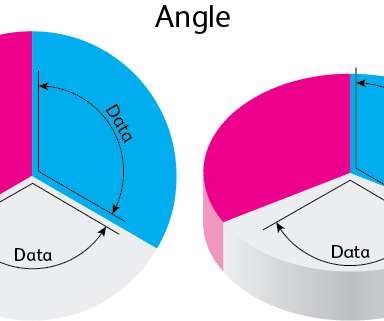A history of tech adaptation for today’s changing business needs
CIO Business Intelligence
JANUARY 17, 2024
The first was becoming one of the first research companies to move its panels and surveys online, reducing costs and increasing the speed and scope of data collection. Additionally, it continuously explores reams of data and modern tools to improve its capabilities and adapt to the changing data landscape.














Let's personalize your content